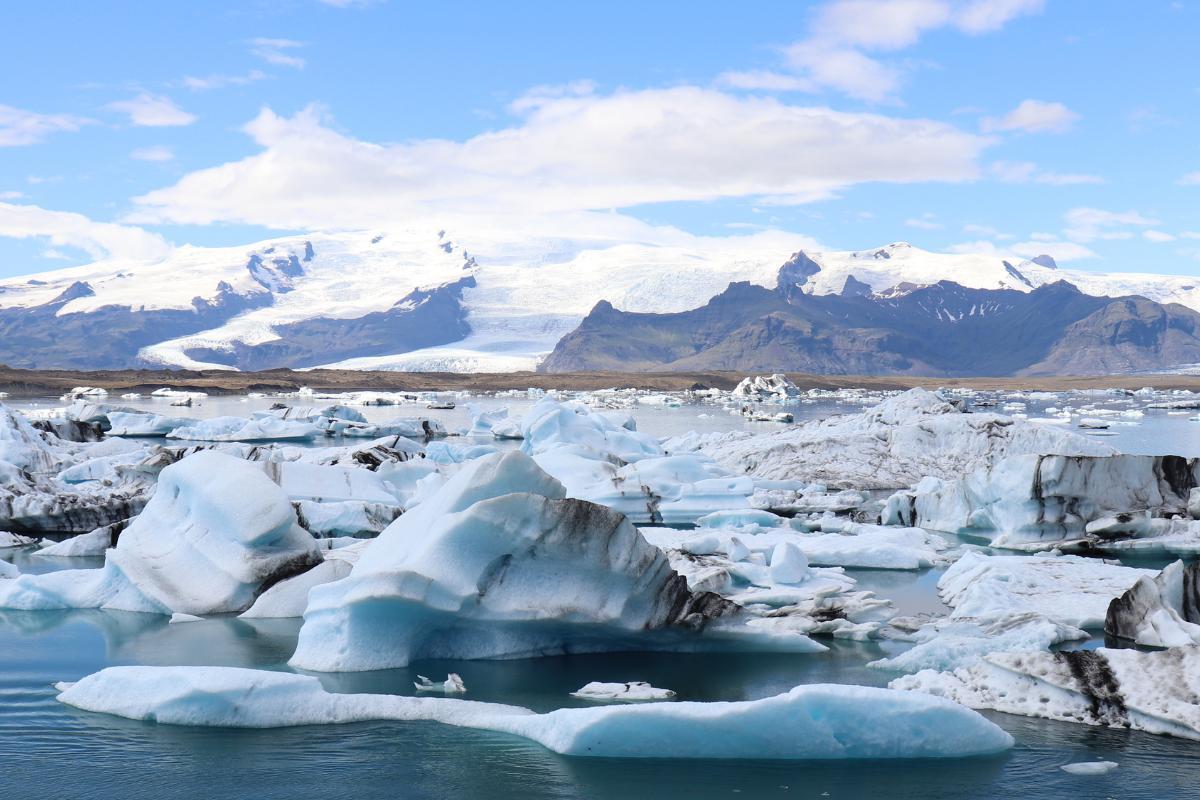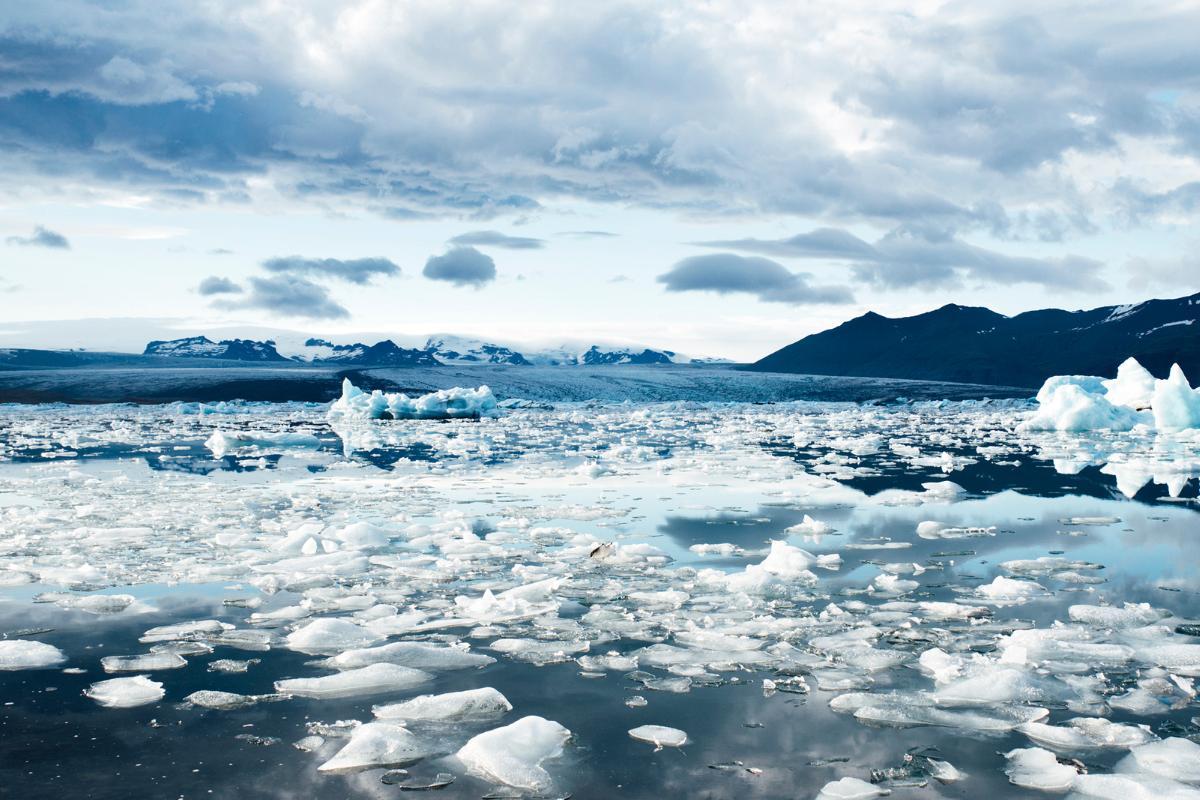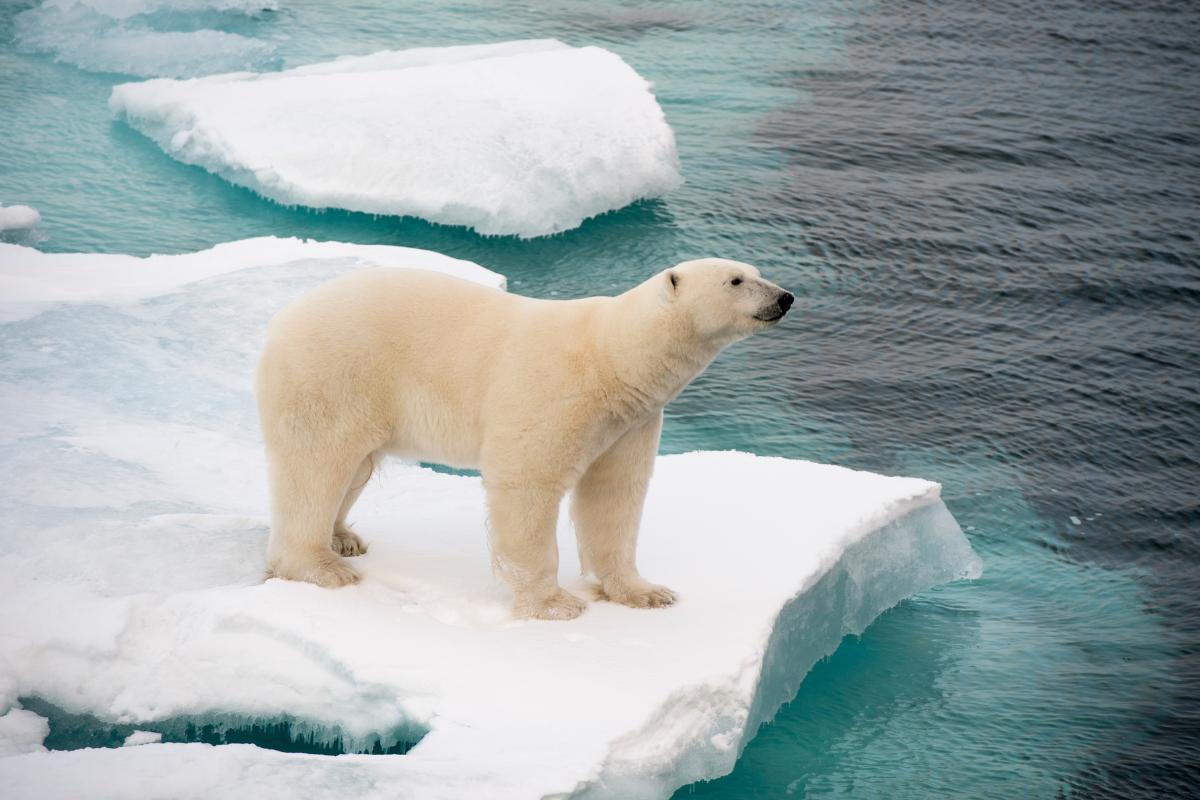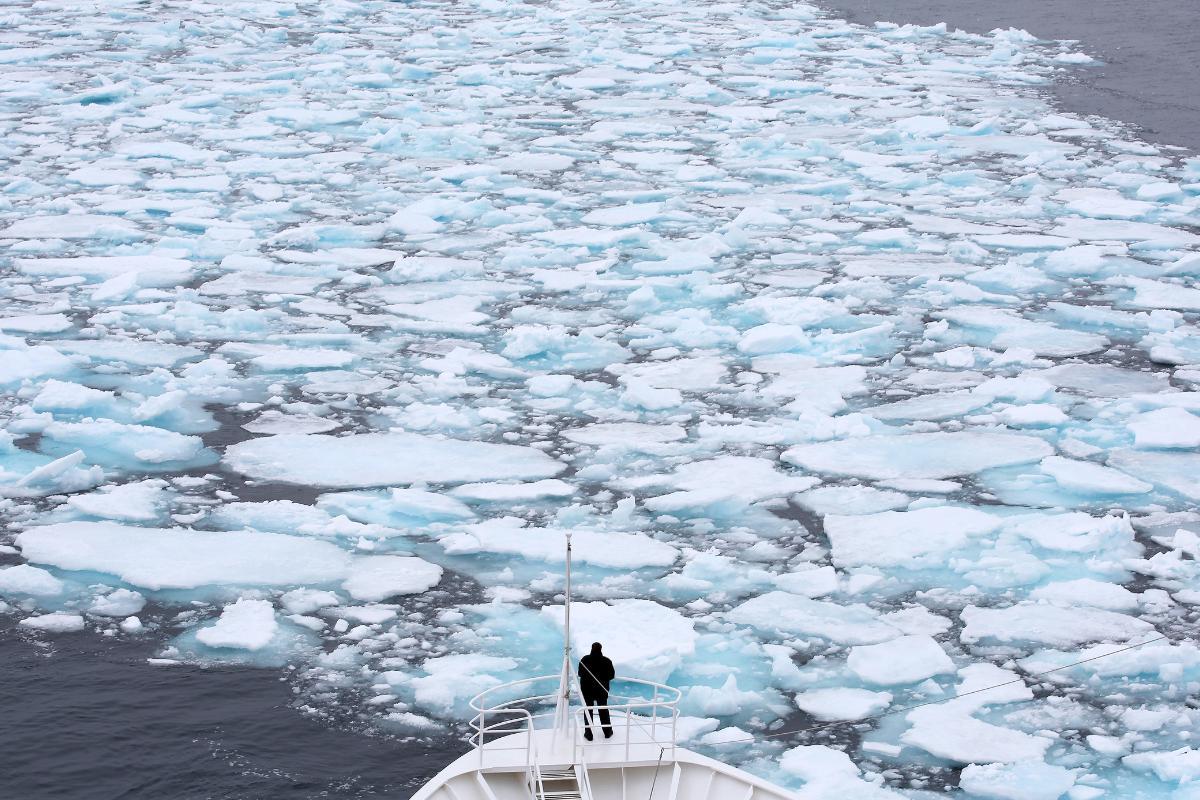What Are Polar Ice Caps?

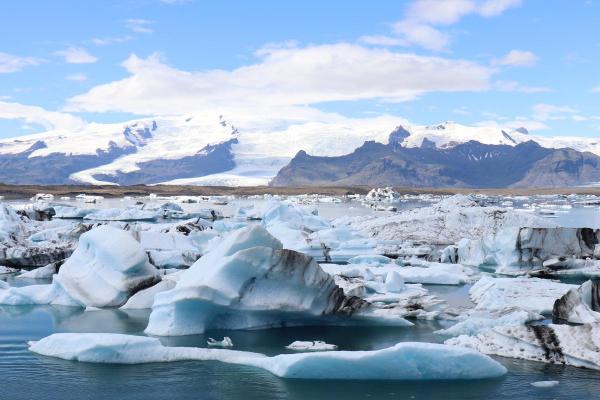
Earth's polar ice caps are massive frozen formations that shape our planet's climate and ecosystems. These vast sheets of ice, found in the Arctic and Antarctic, play crucial roles in regulating global temperature, sea levels, and ocean currents. Understanding how they form, where they exist, and how they differ from glaciers reveals their essential function in Earth's delicate climate balance.
In this article by thedailyECO, we will explore what ice caps are, how they form, how they differ from glaciers and their rapid transformation due to climate change.
What are the polar ice caps?
The polar ice caps are vast masses of ice that cover the Earth's polar regions. These ice masses form over thousands to millions of years through a process in which snow accumulates and gradually compresses under its own weight, transforming into dense glacial ice.
This slow but continuous cycle traps air bubbles, preserving a record of Earth's atmospheric history and offering scientists valuable insights into past climates.
Beyond their formation, the polar ice caps play a critical role in regulating global temperatures by reflecting sunlight back into space. This is phenomenon is known as the albedo effect. This helps maintain the Earth's energy balance and mitigates the effects of global warming.
Additionally, these ice caps act as natural reservoirs of fresh water, with Antarctica alone holding approximately 60% of the world’s fresh water.
Where are the polar ice caps located on Earth?
These massive ice formations are found in the coldest regions of the globe, where temperatures allow snow and ice to accumulate over millennia. Specifically, the Arctic region and Antarctica:
The Arctic region encompasses the Arctic Ocean and surrounding areas, including Greenland, Canada, Russia, Norway, and Alaska.
Unlike Antarctica, much of the Arctic's ice consists of floating sea ice on the ocean. However, Greenland has one of the world's largest land-based ice sheets, spanning approximately 1.7 million square kilometers.
Antarctica, on the other hand, is located in the Southern Hemisphere, is a continent almost entirely covered by ice. It holds the largest ice cap on Earth, with an area of approximately 14 million square kilometers.
The ice can reach thicknesses exceeding 4 kilometers in some regions.
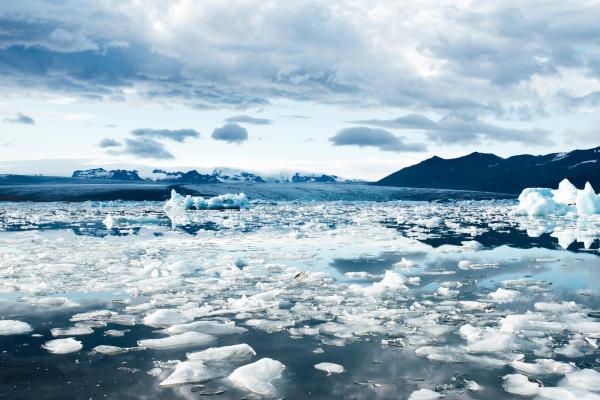
How did the polar ice caps form?
The formation of the polar ice caps is a natural process shaped by the unique climatic conditions of Earth’s polar regions.
These vast ice masses developed over thousands to millions of years in areas where freezing temperatures dominate year-round, preventing snow from melting completely.
Through a gradual process involving the following steps, these frozen landscapes came to cover the Arctic and Antarctica.
1. Snow accumulation:
In the polar regions, temperatures remain below freezing for most of the year, creating an environment where snowfall can persist without melting.
Each new snowfall adds a fresh layer of snow on top of existing layers, forming a continuous buildup over time.
2. Compaction:
As the layers of snow accumulate, their weight compresses the underlying snow. This compression forces air out from between the snowflakes, turning the snow into firn, a denser, grainy form of snow. This stage marks the beginning of the transformation into ice.
3. Transformation into glacial ice:
With ongoing pressure from the accumulating snow, firn undergoes further compaction and eventually turns into solid glacial ice. This dense, crystalline material is what makes up the majority of the polar ice caps. The process is slow, often taking centuries to complete, depending on the rate of snow accumulation and the temperature.
4. Ice movement:
When the ice cap becomes thick enough, gravity causes the ice to flow outward under its own weight. This movement forms glaciers that extend from the interior of the ice caps to coastal areas, sometimes calving into the ocean as icebergs. This gradual outward flow is an essential characteristic of large ice caps and glaciers.
Function of the polar ice caps and their importance
The polar ice caps do more than just cover Earth's poles. Together, they stabilize our planet's climate and support life in surprising ways.
These massive ice sheets reflect sunlight back to space, regulating Earth's temperature. When they shrink, more heat gets absorbed instead. In turn, this affects how much ice melts each season.
The caps also store over two-thirds of Earth's freshwater. When ice melts, it flows into the oceans. Currently, this adds about 3mm to sea levels yearly, which impacts coastal communities worldwide.
As freshwater enters the seas, it changes how ocean currents flow. These currents then influence weather patterns across the globe, from monsoons in Asia to winters in Europe.
The ice also creates environments where life thrives. While conditions seem harsh, creatures from polar bears to microscopic algae have adapted to make these frozen regions their home. Their survival depends on keeping these ice-covered areas intact.

Difference between ice cap and glacier
Although the terms "ice cap" and "glacier" are often used interchangeably, they represent different phenomena within the Earth's ice system. Let's take a look at the main differences:
Ice caps are typically vast, spanning millions of square kilometers and encompassing continental and marine ice sheets, while a glacier is a smaller mass of ice that flows slowly from high ground to low ground, such as mountains or valleys.
Glaciers on the other hand, can be found anywhere in the world where conditions allow for the accumulation and preservation of ice, not necessarily in polar regions.
Although ice on the polar ice caps moves, it does so in a more generalized and slow manner.Glacial ice is more dynamic and constantly moving due to gravity, flowing from areas of high accumulation (such as mountains) to lower areas, where it can melt or break off into icebergs.
Polar ice caps and climate change
Climate change is rapidly transforming Earth's polar regions, with cascading effects on global systems:
- Accelerated melting: land ice loss from Greenland and Antarctica is raising sea levels by 3.4mm annually. This threatens 800 million people in coastal zones with flooding and displacement.
- Heat absorption cycle: as ice retreats, exposed darker surfaces absorb more solar radiation instead of reflecting it. This creates a feedback loop: more heat absorption leads to more melting, which exposes more dark surfaces.
- Circulation changes: meltwater entering oceans disrupts major currents like the Gulf Stream. This affects weather patterns worldwide, from monsoon timing to storm intensity.
Recent data shows Arctic sea ice declining 13% per decade, while Antarctic ice loss has tripled since 2012. These changes are outpacing most climate model predictions.
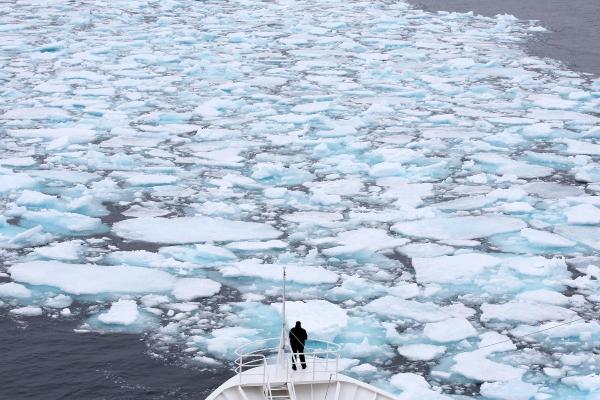
Polar caps on other planets
Polar ice caps are not unique to Earth. There are other planets and celestial bodies in the solar system that have similar characteristics, although they are made of different materials and under very different environmental conditions.
Mars is the planet that most resembles Earth in terms of polar ice caps, although there are some differences. The Martian polar ice caps are made of a mixture of frozen water and solid carbon dioxide, commonly known as "dry ice."
On Earth, ice caps are made up exclusively of solid water. On other planets and moons, they may include carbon dioxide, methane, nitrogen or other compounds, but they are not polar ice caps as we know them here.
Now that you know what the polar ice caps are, we recommend reading this post with Facts about the melting of the poles .
If you want to read similar articles to What Are Polar Ice Caps?, we recommend you visit our Environment (other) category.
- Tecnoceano. 2015. Melting of the polar ice caps. Available at: https://tecnoceano.com/deshielo-de-los-casquetes-polares/
- Caps of Mars. Astronomy. Available at: https://www.astromia.com/fotosolar/casquetesmarte.htm





